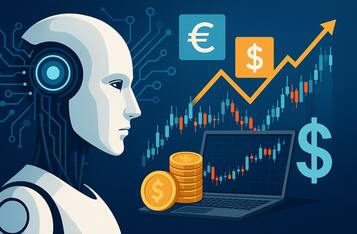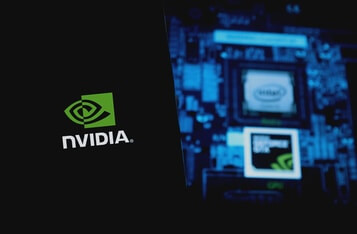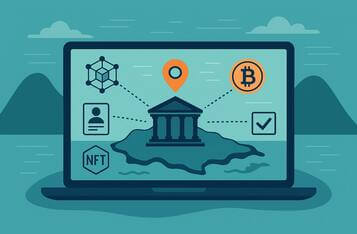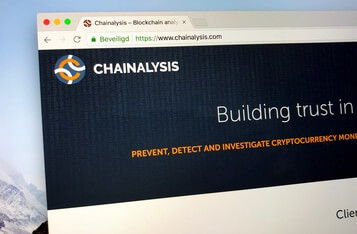Why Vitalik Buterin Proposed 33% Increase in Gas Limit for Ethereum
Ethereum co-founder Vitalik Buterin has recently advocated for a significant change in the Ethereum network: a 33% increase in the gas limit, from 30 million to 40 million. This proposal, made during a Reddit Ask-Me-Anything (AMA) session organized by the Ethereum Foundation's research team, marks the first suggested change in the gas limit in nearly three years.
Understanding the Gas Limit and Its Impact
The Ethereum network's gas limit is a crucial parameter, determining the maximum amount of gas that can be used for transactions and smart contracts in each block. Gas, essentially the fee required for transactions or contract executions on Ethereum, is measured in gwei, a fraction of the cryptocurrency Ether (ETH).
An increase in the gas limit is significant because it directly impacts network throughput – the number of transactions Ethereum can handle. Since the network's inception in 2015, the gas limit has been periodically adjusted to reflect growing usage and adoption. However, the last three years have seen no change, the longest such period in Ethereum's history.
Balancing Efficiency and Network Stability
Buterin's proposal aims to enhance network efficiency by allowing more transactions per block, thereby theoretically increasing the network's overall capacity. However, this comes with the need to balance improved throughput with potential risks, including increased loads on hardware and heightened vulnerability to spam and attacks.
Ethereum's gas fees have seen notable fluctuations, with significant spikes during periods of high demand, such as the inscriptions craze of May 2023, which saw gas fees reaching 150 gwei. The proposed increase is seen as a step towards accommodating growing transaction volumes more efficiently, while also addressing scalability issues that have been a long-standing concern in the crypto community.
Looking Ahead: Ethereum's Scalability and Future
Buterin's suggestion is not just about immediate relief for the network; it also hints at Ethereum's ongoing scalability challenges. The gas limit increase is seen as a temporary measure, pending the full deployment of the Ethereum 2.0 update, which promises significant improvements in network efficiency and scalability.
The decision to increase the gas limit, therefore, stands at a critical juncture for Ethereum, balancing between immediate network demands and long-term strategic goals. It also underscores the continuous evolution and adaptation that blockchains like Ethereum undergo to meet the demands of their growing user base.
Image source: Shutterstock







